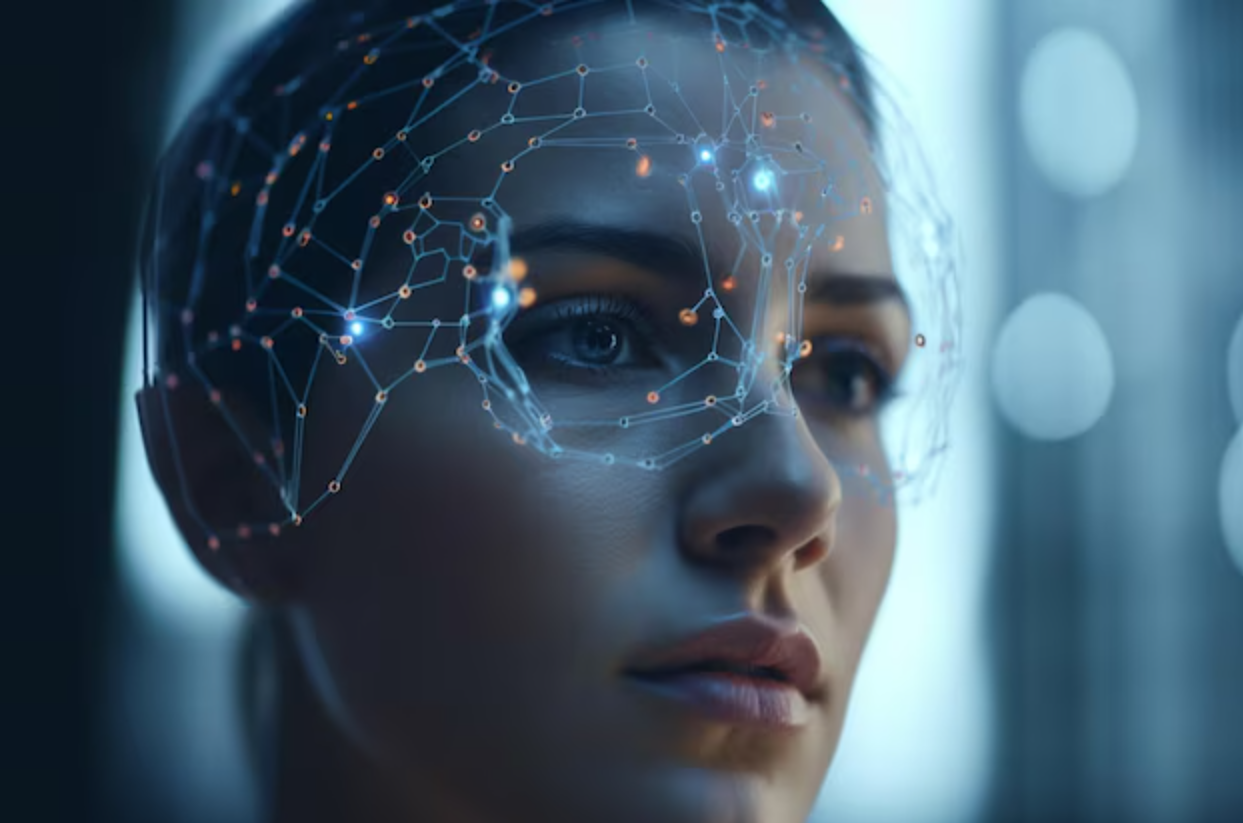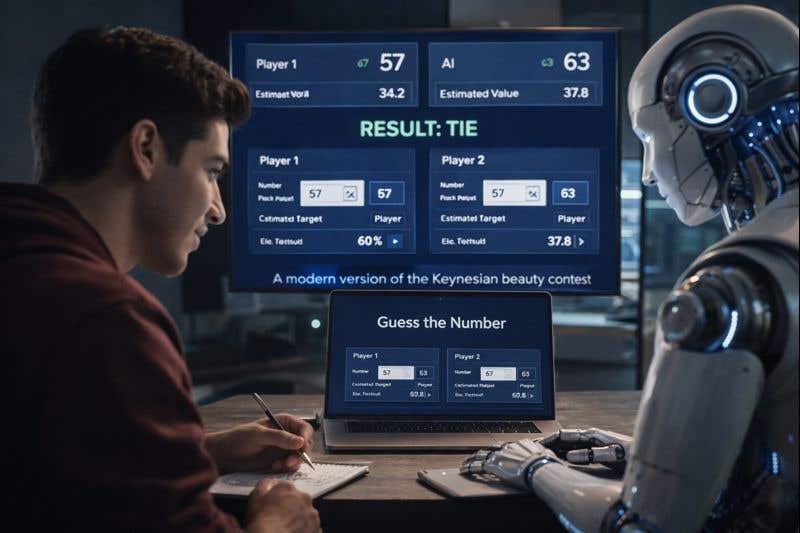Groundbreaking new AI algorithm can decode human behavior
USC researchers unveil DPAD, an AI tool that decodes specific brain patterns. This breakthrough could transform neurotechnology and mental health treatment.

AI algorithm decodes specific brain signals. (CREDIT: Freepik)
Understanding how brain activity translates into behavior is one of neuroscience's most ambitious goals. While static methods provide a snapshot, they fail to capture the fluidity of brain signals. Dynamical models offer a more complete picture by analyzing temporal patterns in neural activity.
However, most existing models have limitations, such as linear assumptions or difficulties prioritizing behaviorally relevant data. A breakthrough from researchers at the University of Southern California (USC) is changing that.
The Challenge of Neural Complexity
Your brain constantly juggles multiple behaviors. As you read this, it might coordinate eye movement, process words, and manage internal states like hunger. Each behavior generates unique neural patterns.
Yet, these patterns are intricately mixed within the brain's electrical signals. Disentangling specific behavior-related signals from this web is crucial for applications like brain-computer interfaces (BCIs).
BCIs aim to restore functionality in paralyzed patients by decoding intended movements directly from brain signals. For instance, a patient could move a robotic arm just by thinking about the motion.
However, accurately isolating the neural activity related to movement from other concurrent brain signals remains a significant hurdle.
Related Stories
Introducing DPAD: A Revolutionary AI Algorithm
Maryam Shanechi, the Sawchuk Chair in Electrical and Computer Engineering at USC, and her team have developed a game-changing tool called DPAD (Dissociative Prioritized Analysis of Dynamics). This algorithm uses artificial intelligence to separate neural patterns tied to specific behaviors from the brain's overall activity.
"Our AI algorithm, DPAD, dissociates brain patterns encoding a particular behavior, such as arm movement, from all other concurrent patterns," Shanechi explained. "This improves the accuracy of movement decoding for BCIs and can uncover new brain patterns that were previously overlooked."
Omid Sani, a former Ph.D. student in Shanechi’s lab and now a research associate, emphasized the algorithm’s training process. "DPAD prioritizes learning behavior-related patterns first. Only after isolating these patterns does it analyze the remaining signals, preventing them from masking the important data," Sani said. "This approach, combined with the flexibility of neural networks, allows DPAD to describe a wide variety of brain patterns."
Beyond Movement: Applications in Mental Health
While DPAD's immediate impact is on improving BCIs for physical movement, its potential applications extend far beyond. The algorithm could one day decode internal mental states like pain or mood. This capability could revolutionize mental health treatment by providing real-time feedback on a patient's symptom states.
“We’re excited about expanding our method to track symptom states in mental health conditions,” Shanechi said. "This could pave the way for BCIs that help manage not just movement disorders but also mental health conditions."
Several challenges have historically hindered the development of robust neural-behavioral dynamical models. First, neural-behavior transformations often involve nonlinear relationships, which are difficult to capture with linear models.
Existing nonlinear models, while more flexible, tend to mix behaviorally relevant dynamics with unrelated neural activity. This mixture can obscure important patterns.
Moreover, many models struggle to prioritize behaviorally relevant dynamics, focusing instead on overall neural variance. Behavior-specific signals often constitute only a small fraction of total neural activity, making them easy to miss. DPAD overcomes this limitation by giving precedence to these signals during the learning phase.
Finally, current models rarely support diverse behavior types, such as categorical choices or irregularly sampled data like mood reports. DPAD's flexible framework accommodates these varied data types, broadening its applicability.
A New Era in Neurotechnology
Shanechi’s research marks a significant step forward in neurotechnology. By addressing the limitations of earlier methods, DPAD provides a powerful tool for studying the brain and developing BCIs. These advancements could improve the lives of patients with paralysis and mental health conditions, offering more personalized and effective treatments.
As neuroscience delves deeper into understanding how the brain orchestrates behavior, tools like DPAD will be invaluable. They promise not only to decode the brain's complex language but also to unlock new possibilities in treating both physical and mental ailments.
Note: Materials provided above by The Brighter Side of News. Content may be edited for style and length.
Like these kind of feel good stories? Get The Brighter Side of News' newsletter.



